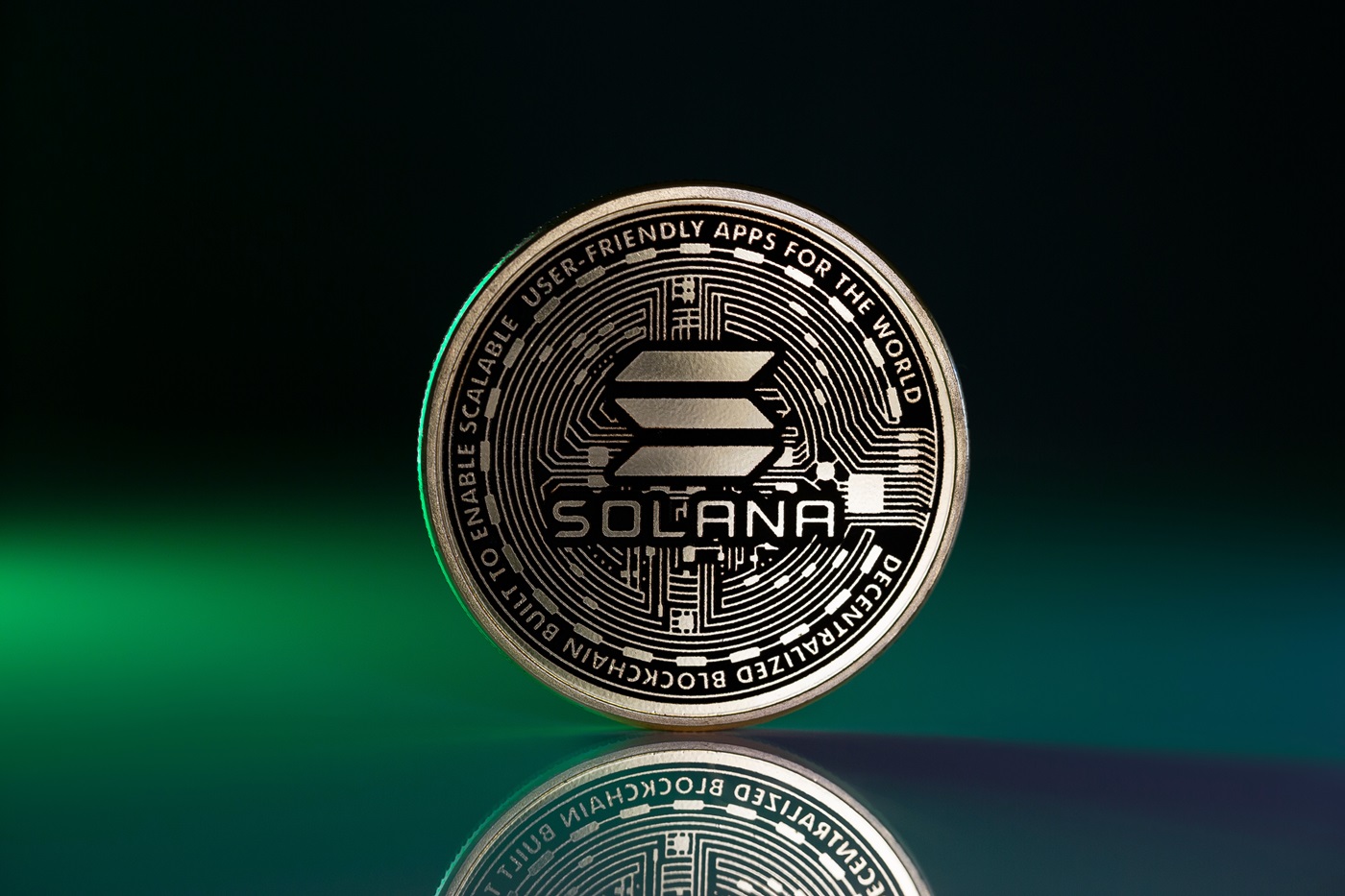On Tuesday, the Solana blockchain suffered a significant disruption when it experienced an outage that halted block production for 4 hours and 46 minutes. This service outage is not the first for Solana, which is known for its high throughput and speed but has also come under scrutiny for its operational stability. Validators had to initiate a restart using updated software provided by Solana Labs, incorporating critical patches to address the underlying issues.
The Solana Foundation has not yet released a comprehensive report detailing the cause of the outage. But insight shared A comment by Matthew Sigel, head of digital asset research at VanEck, re-shared by co-founder Anatoly Yakovenko via X (formerly Twitter), provides a technical explanation for the events leading up to the outage.
Here’s why Solana went down yesterday:
Sigel’s analysis points to serious flaws in the Berkley Packet Filter (BPF) loader, the fundamental component for deploying, upgrading, and running programs on the Solana network. This mechanism is essential for deploying, upgrading, and running programs on the Solana network.
“The BPF loader ‘Berkley Packet Filter’, the mechanism by which Solana deploys upgrades and runs programs, failed due to a bug related to the recent Solana Improvement Proposal (SMID), which changed BPF functionality, including removal,” he said. Use of metadata considered redundant.”
Sigel elaborated on why the bug was activated, saying, “There is speculation that the bug was triggered manually, causing network downtime.”
Bugs identified during testnet testing had fixes that have not yet been deployed on the main network due to the ongoing testing phase. Commenting on the steps taken to alleviate the problem, Sigel said: “Developers rewrote lines of BPF code to eliminate bugs, requiring a significant patch to the core software. This allows the network to safely resume operations once patches are applied.”
The process of restarting the network involves validators taking a snapshot of the last block confirmed by 66% of the network, achieving consensus on this block, and then restarting the chain. The network can only fully resume once 80% of validators agree on the last block, and risks being shut down if modifications are not performed as expected.
Sigel also commented on the secondary impacts of the outage, saying, “Once restarted, we expect DeFi activity to increase significantly as arbitrage bots leverage existing arbitrage trading, potentially leading to $25 million in MEV. “This incident may serve as a cautionary tale for future developments and SMID discussions, particularly in relation to the changing debate on the fee market.”
Sigel also addressed the long-term impact of this outage on Solana’s innovation trajectory, saying, “This could slow down Solana’s innovation as the discussion around SMID will intensify in the future.” He specifically cited controversial changes in the fee market as an example of the complex dynamics at play within the ecosystem.
Surprisingly, the outage had no lasting impact on SOL prices. SOL also ended yesterday’s trading day with a green candle. At press time, SOL was trading at $95.76.
Featured image from Shutterstock, chart from TradingView.com

